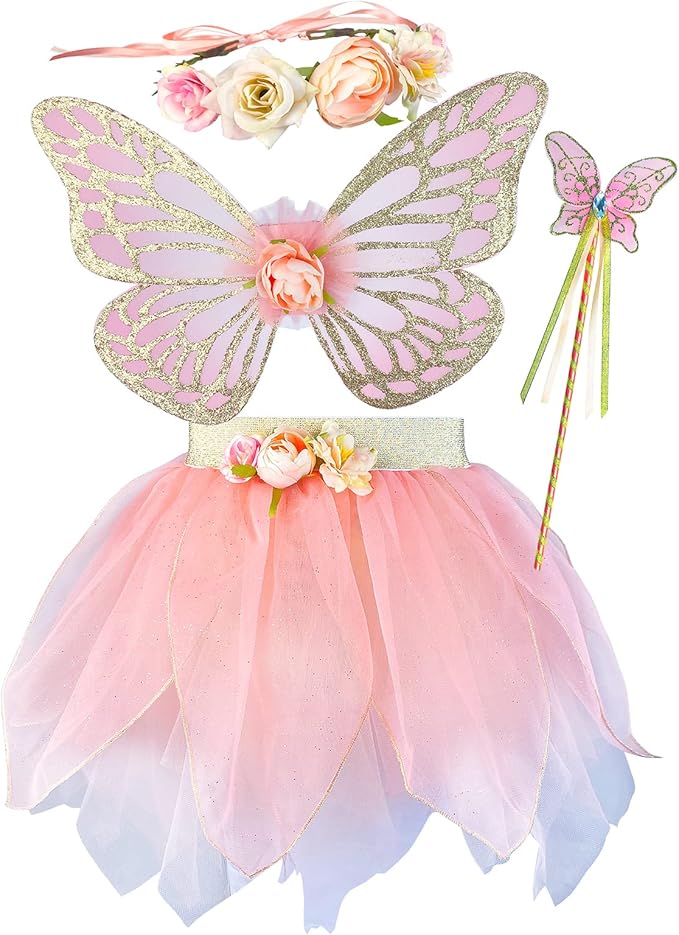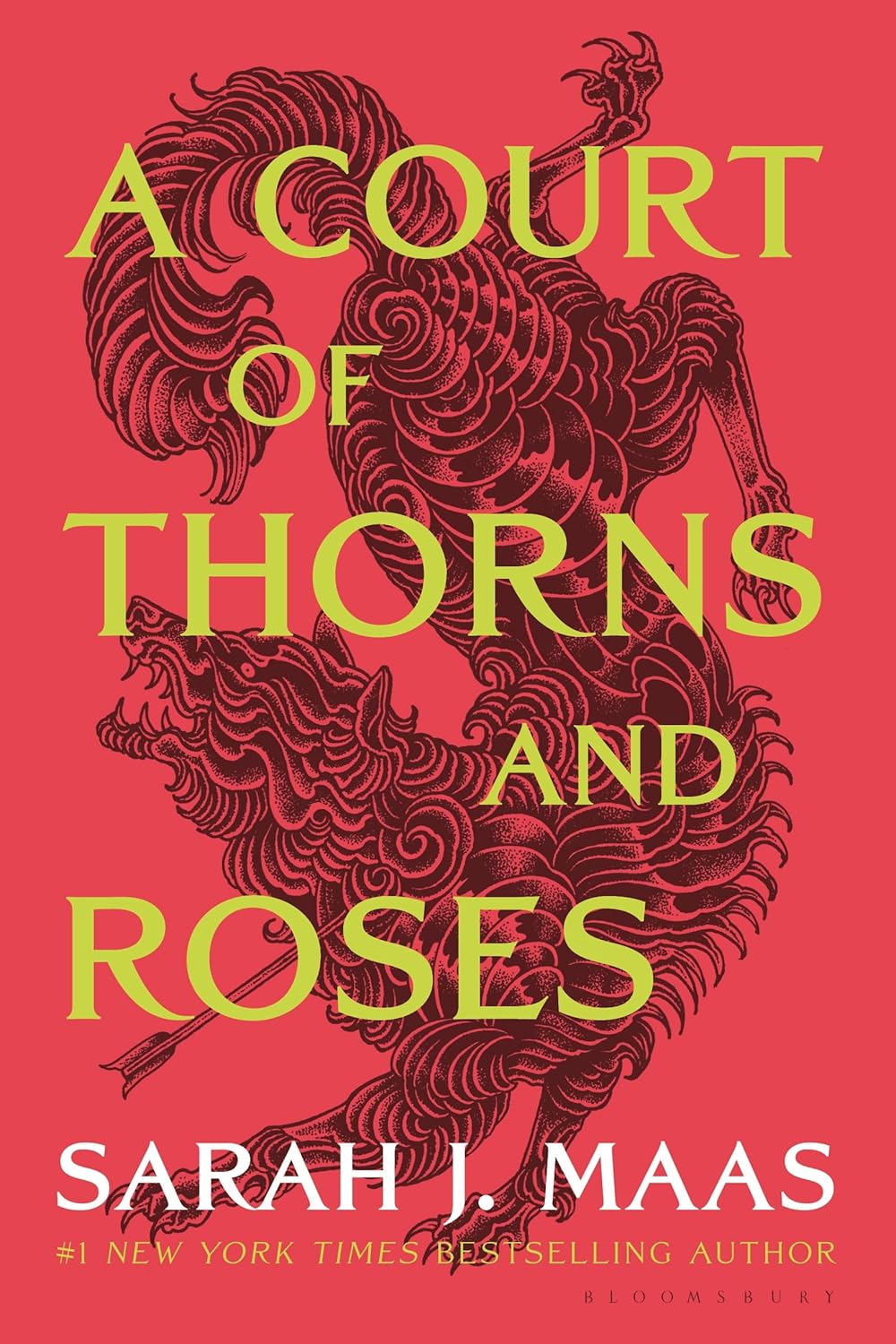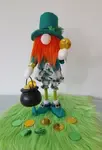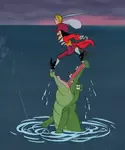- Home
- Fairy Blog
- Fairy Cakes
- Fairy Quotes
- Safety Dance
- The Flower Fairies Books
- What is a Fairy?
- Are Fairies Real?
- Elemental Fairies
- Faeries
- What are the Fae?
- Fae Fantasy Books
- Fairy History
- Origin of Fairies
- Fairies in Folklore
- Pixies
- Pixie Fairy Differences
- Gothic Fairies
- Tooth Fairy
- Fairy Festivals
- Fairy Gardens
- Fairy Garden Accessories
- Fairy Circles
- Fairy Forests
- Fairy Poems
- Fairy Tales
- Fairy Tale Origins
- Classic Fairy Tales
- 24 Fairy Tales
- Fairy Tales around the World
- About Fantasy Creatures
- Dragons
- Dwarves
- Elves
- Gnomes
- Leprechauns
- Mermaids
- Unicorns
- Fairy Face Painting
- Fairy Costumes for Kids
- Free Fairy Art
- Fairy Coloring Pages
- Fairy Crafts For Kids
- Chinese Dragon Art
- How to Draw a Dragon
- Chinese Dragon Drawing
- Dragon Coloring Pages
- Fairy Tattoo Ideas
- About Us
- Contact Us
- Disclaimer
- Privacy Policy
Little Red Riding Hood Story
Little Red Riding Hood Story has been passed down through generations and has seen countless adaptations, reflecting cultural differences and social values. The history of "Little Red Riding Hood" not only highlights the evolution of oral storytelling traditions but also serves as a testament to the enduring appeal of cautionary tales for children.
The origins of "Little Red Riding Hood Story" can be traced back to the oral storytelling traditions of various European cultures. Scholars believe that the story may have roots in ancient tales from the 10th or 11th century, passed down through generations before being committed to writing. This early version of the story likely varied in details and themes, as tales were often modified according to the values and beliefs of the storytellers.
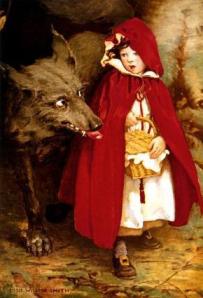
History of Little Red Riding Hood Story
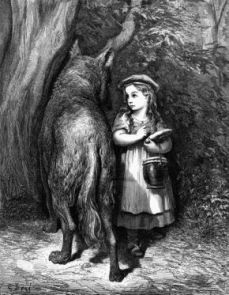
"Little Red Riding Hood Story" is a European fairy tale with origins dating back centuries. The earliest known written version of the story can be traced to French author Charles Perrault in 1697, who included it in his collection "Tales and Stories of the Past with Morals," also known as "Mother Goose Tales." Perrault's version is titled "Le Petit Chaperon Rouge" (Little Red Riding Hood). In this version, the story ends with the wolf eating Little Red Riding Hood, and there is no happy ending or woodsman to save her. The moral of Perrault's story is for young girls to be wary of strangers and not be led astray by appearances.
The first known written version of "Little Red Riding Hood" comes from French author Charles Perrault, who included the story in his 1697 collection titled "Tales and Stories of the Past with Morals," also known as "Mother Goose Tales." Perrault's version, titled "Le Petit Chaperon Rouge," introduced the familiar elements of the young girl wearing a red hood, the cunning wolf, and the grandmother. However, it differed significantly from later versions in its ending. In Perrault's rendition, the wolf devours Little Red Riding Hood after tricking her into bed, and there is no woodsman to save her. The story concludes with a moral warning young girls about the dangers of straying from the path and talking to strangers.
About a 20 years later, in 1812, the German brothers Jacob and Wilhelm Grimm included their version of the story in their famous collection of folktales, "Children's and Household Tales" (Grimms' Fairy Tales). Their adaptation, titled "Rotkäppchen" (Little Red Cap), borrowed elements from Perrault's version but introduced the character of the woodsman (or huntsman) who rescues both Little Red Riding Hood and her grandmother from the belly of the wolf. The Grimms' version became widely popular and established the foundation for the modern understanding of the story.
You can read more about the Brothers Grimm Fairy Tales here.
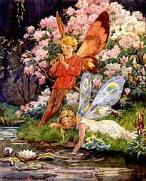
More Modern Little Red Riding Hood Story
In the 20th century, "Little Red Riding Hood" made the transition from the page to the stage and screen. The story was adapted into various theatrical productions, animated films, and live-action movies, each with its own interpretation of the original tale. The character of Little Red Riding Hood became a symbol of innocence and vulnerability, while the wolf came to represent deception and danger.
Throughout the 19th and 20th centuries, the tale of Little Red Riding Hood continued to evolve, with authors and illustrators adapting the story to suit the tastes and sensibilities of their audience. Some of these adaptations maintained the cautionary themes present in the original versions, while others focused on the story's entertainment value, often softening its darker elements for younger readers.
In more recent years, "Little Red Riding Hood" has been reimagined in various forms, including feminist retellings, parodies, and modern adaptations that explore new themes and perspectives. Some of these versions challenge the traditional gender roles and power dynamics present in the story, while others delve into the darker, more violent aspects of the tale. These contemporary adaptations reflect the ongoing cultural conversation surrounding the story, demonstrating its ability to evolve and remain relevant over time.
Throughout its long history, "Little Red Riding Hood" has been used as a cautionary tale for children, warning them about the dangers of straying from the path and speaking to strangers. The story has also served as a vehicle for exploring deeper themes related to trust, deception, and the nature of innocence. The tale's ability to adapt to the values and interests of each generation has contributed to its enduring popularity and cultural significance.
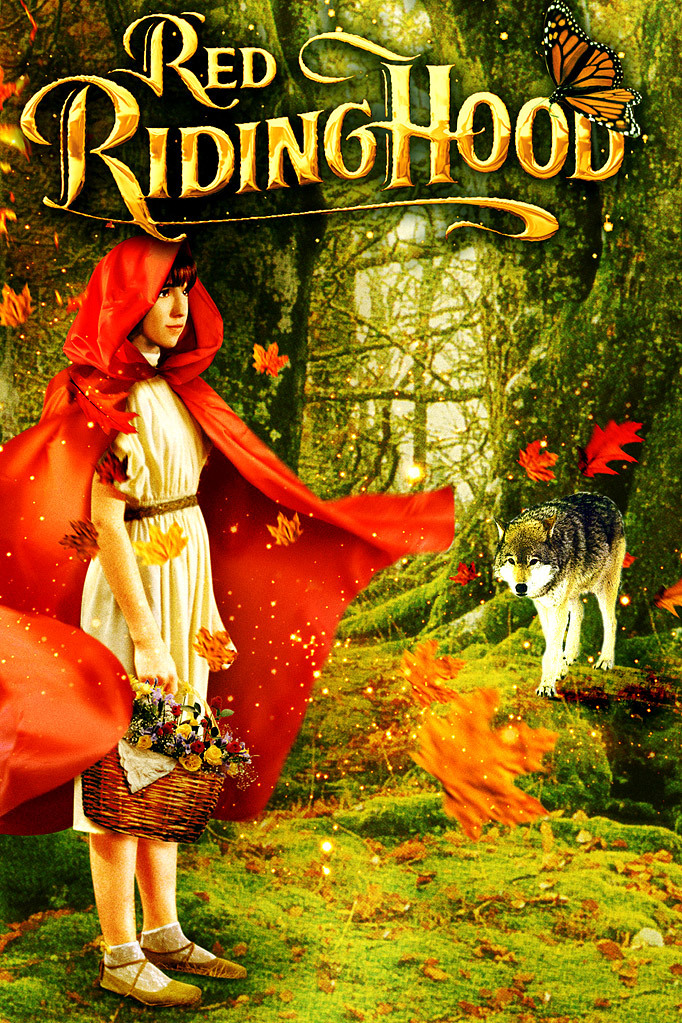
The story has evolved over time, with various authors and adaptations altering its details. Many versions of the tale have been created, ranging from children's picture books to film and theater adaptations. Some versions explore darker themes or provide alternative endings, while others soften the story for younger audiences.
The history of "Little Red Riding Hood" reflects the way in which oral storytelling traditions change and adapt over time, revealing cultural differences and social values. The story has endured, in part, because it serves as a cautionary tale for children about the dangers of straying from the path and speaking to strangers.
Read more about Little Red Riding Hood here.
Read more about Fairy Tales here.
Visit this page to see our list of many different Fairy Tales.
Adorable Fairy Costume Set!
Includes a fairy tutu, wing, wand and flower halo - perfect for parties, dress-up play, pageants and so on.
CLICK HERE for the best price!
Book of the Month
The Best Selling Fae Fantasy Book! A great gift!
CLICK HERE for more information and best price!
Recent Articles
-
What are Fairy Circles?
Jan 13, 26 02:35 AM
Find out how fairy circles offer a fascinating glimpse into both folklore and science. Maybe, just maybe, there's a bit of magic there after all! -
Why Fairies? About Us
Jan 12, 26 03:54 AM
About Us; Why Fairies explains our background -
Peter Pan Characters, with their pictures and all about Neverland
Jan 11, 26 09:21 AM
The Peter Pan Characters in their home in Neverland and all the magic places where the story takes place. Pictures and Descriptions
